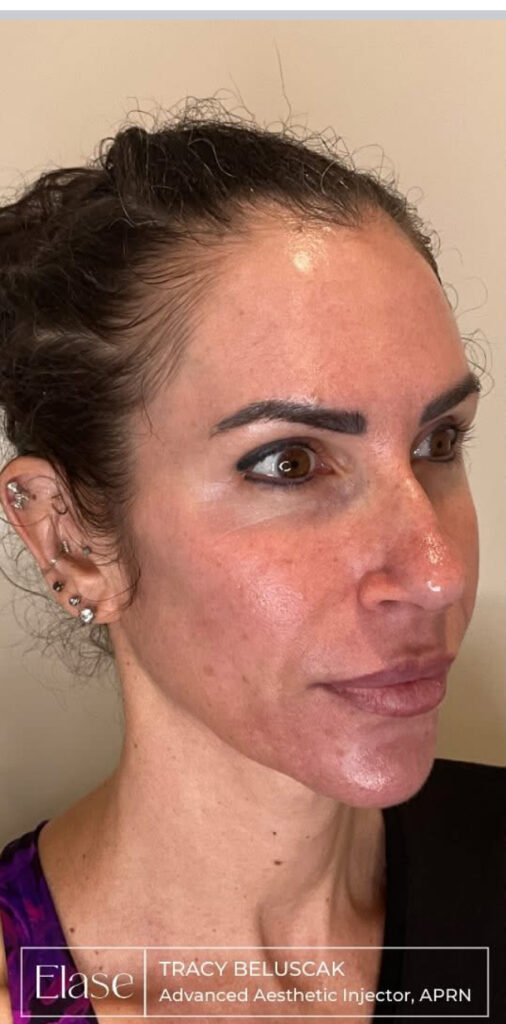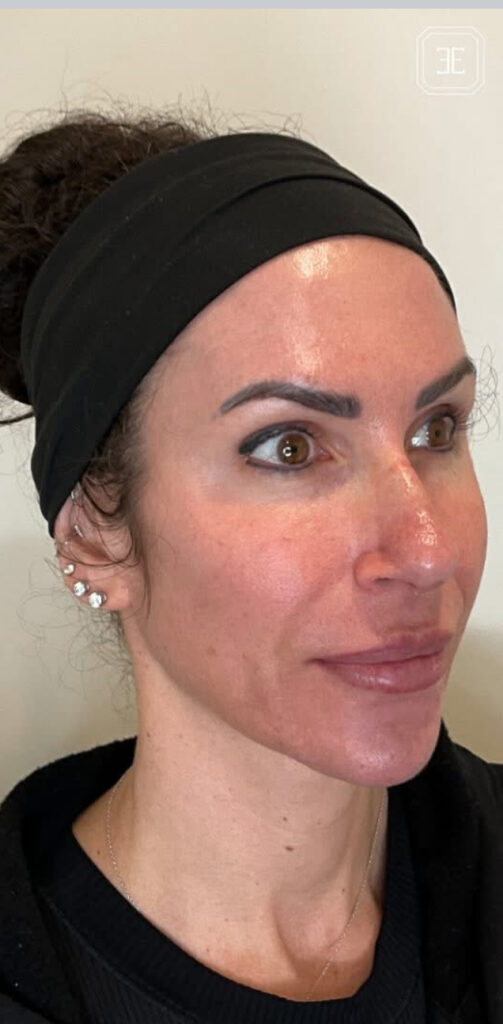Learn about the benefits, treatment options, and pros and cons of BBL.

BroadBand Light (BBL) employs BroadBand light therapy to address an array of skin concerns, encompassing acne, rosacea, age spots, sun spots, fine lines and wrinkles, and uneven texture. Moreover, it effectively targets spider veins, small blood vessels, broken capillaries, and vascular lesions.
Commonly referred to as a photo facial, this cutting-edge skin rejuvenation technology is officially approved by the FDA and predominantly used to mitigate redness and visible signs of aging on the face, neck, hands, and chest. However, its versatility enables treatment on the legs and other areas.
Typically, individuals undergo a series of three to four BBL treatment sessions, spaced two to four weeks apart. Remarkably, noticeable results can be seen in as few as one to two sessions when employing the BBL HERO technology.
In contrast to laser treatments which typically utilize a single intensified wavelength of light in a concentrated and targeted manner, Broadband Light (BBL) treatment employs a broad-spectrum visible light consisting of multiple wavelengths, covering a larger area with sweeping strokes.
One notable advantage of BBL is its ability to simultaneously address various skin concerns, such as pigmented brown spots and red areas. In contrast, lasers that focus on a specific wavelength tend to address a single concern with greater intensity.
Moreover, the scattered nature of light emitted by BBL allows for the treatment of the skin without harming the outermost layer, thus facilitating expedited healing.
During the initial consultation, your healthcare professional will assess your suitability for BroadBand light therapy. Before your first BBL appointment, a spot test may be conducted, and specific instructions will be provided regarding activities to avoid before treatment, such as refraining from waxing, tanning, or sun exposure, peels, and the use of topical creams containing retinol or glycolic acid.
Before the procedure, the skin will be thoroughly cleansed, and an ultrasound gel will be applied. This gel serves various purposes, including safeguarding the skin, facilitating smooth movement of the laser over the skin, and minimizing reflection of the BBL waves for enhanced treatment efficacy. The patient and the healthcare provider will wear protective eyewear to ensure safety.
The BBL device will be held by the healthcare provider, who will move the handpiece against the patient’s skin, emitting light pulses upon pressing a button. Patients often feel warmth, but it is often considered more comfortable than other procedures.
The duration of the treatment typically ranges from 20 to 30 minutes. After the gel is removed, the provider will provide post-care instructions with explicit instructions to avoid the sun and strict orders to use sunscreen.
Patients are able to resume their regular routine and apply makeup on the day of treatment. In cases where brown spots are present, it is normal for the spots to initially darken, rise to the surface, and eventually slough off within a period of 5 to 7 days. It is imperative that individuals refrain from prematurely picking or scrubbing the spots before they naturally shed.
You will see some initial results from BBL within a week, but the most noticeable improvements will occur over a few months as collagen and elastin production increase. Multiple treatments are typically needed to achieve the best results, depending on your individual skin care goals and the recommendations of your specialist.
The procedure is deemed safe for individuals with fair, untanned skin (Type I-III) as melanin absorption of light poses risks for those with olive or brown skin (Type IV-VI), including burning, hypopigmentation, hyperpigmentation, or scarring. Safer alternatives for skin rejuvenation in individuals with higher melanin levels include chemical peels and specific laser treatments.
$200-$2,400 per session. Expect the cost to be in the lower range for spot treatment, with the average face treatment being $500-800 per session. Providers often recommend a series of three to five sessions based on skin conditions.

